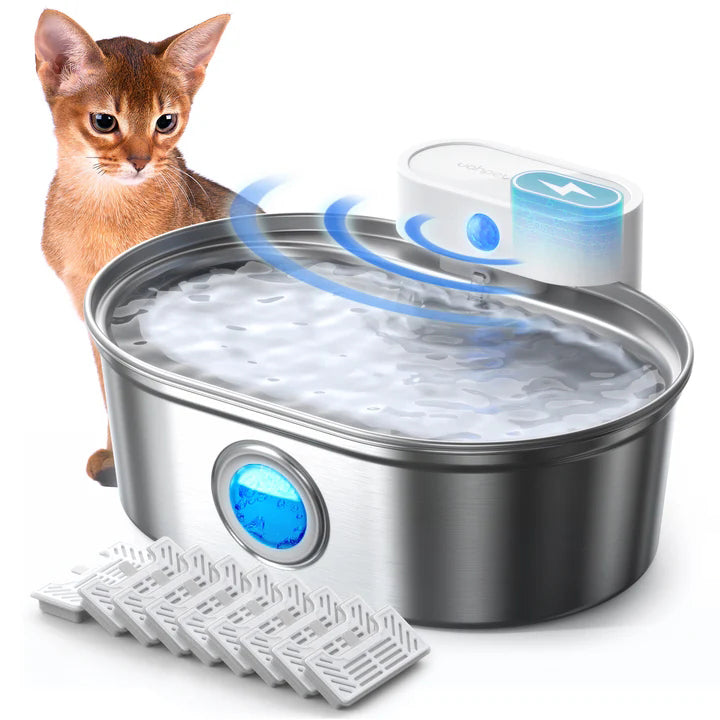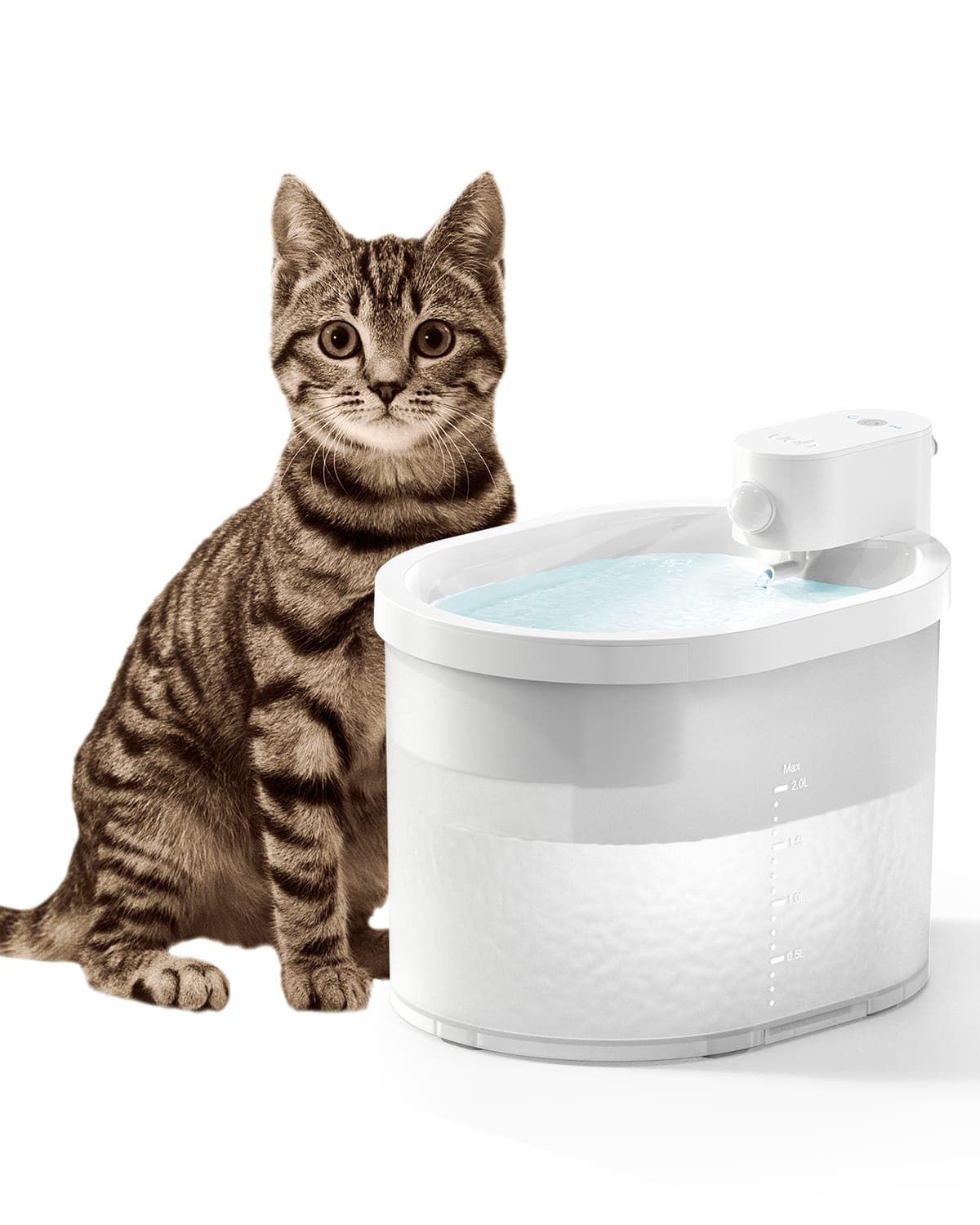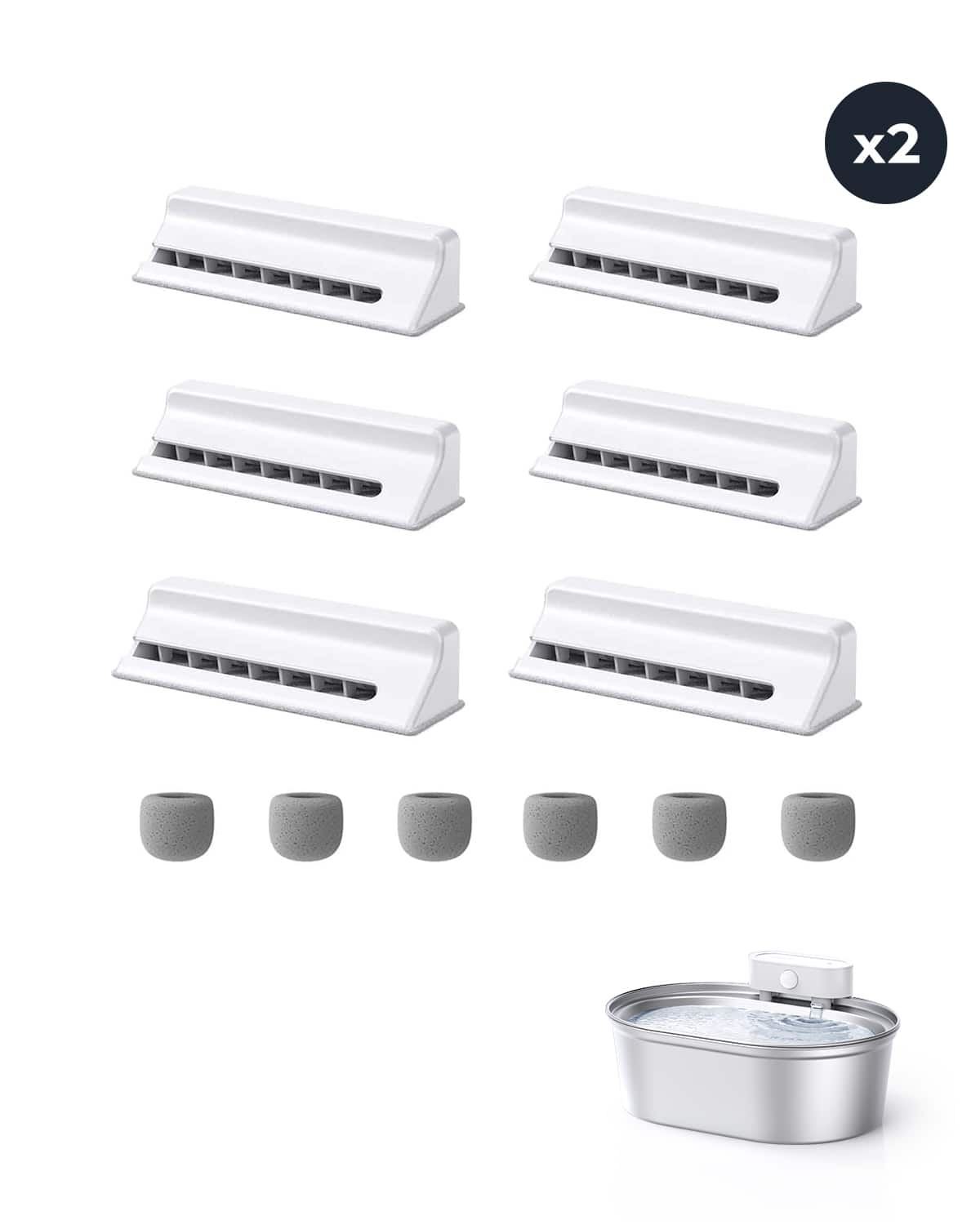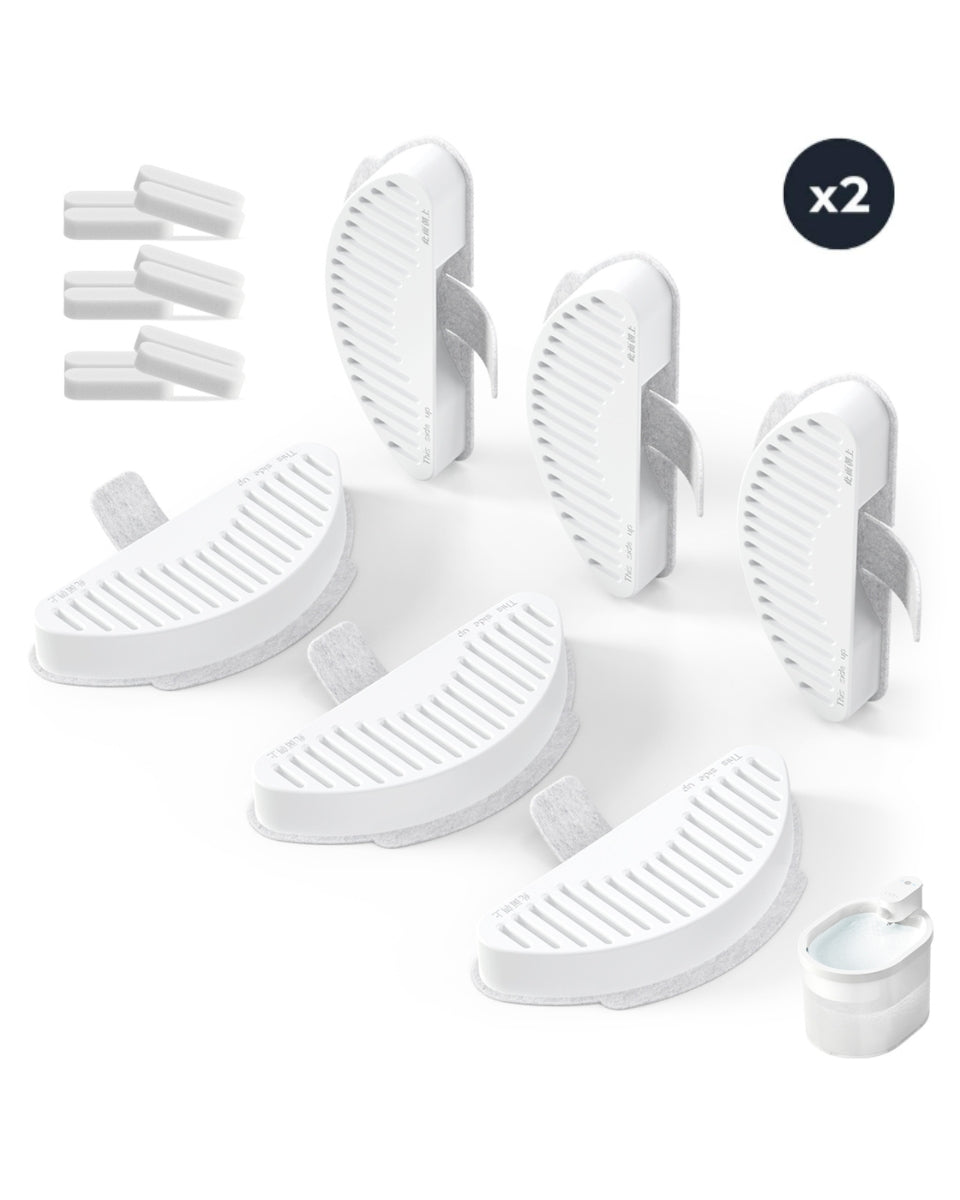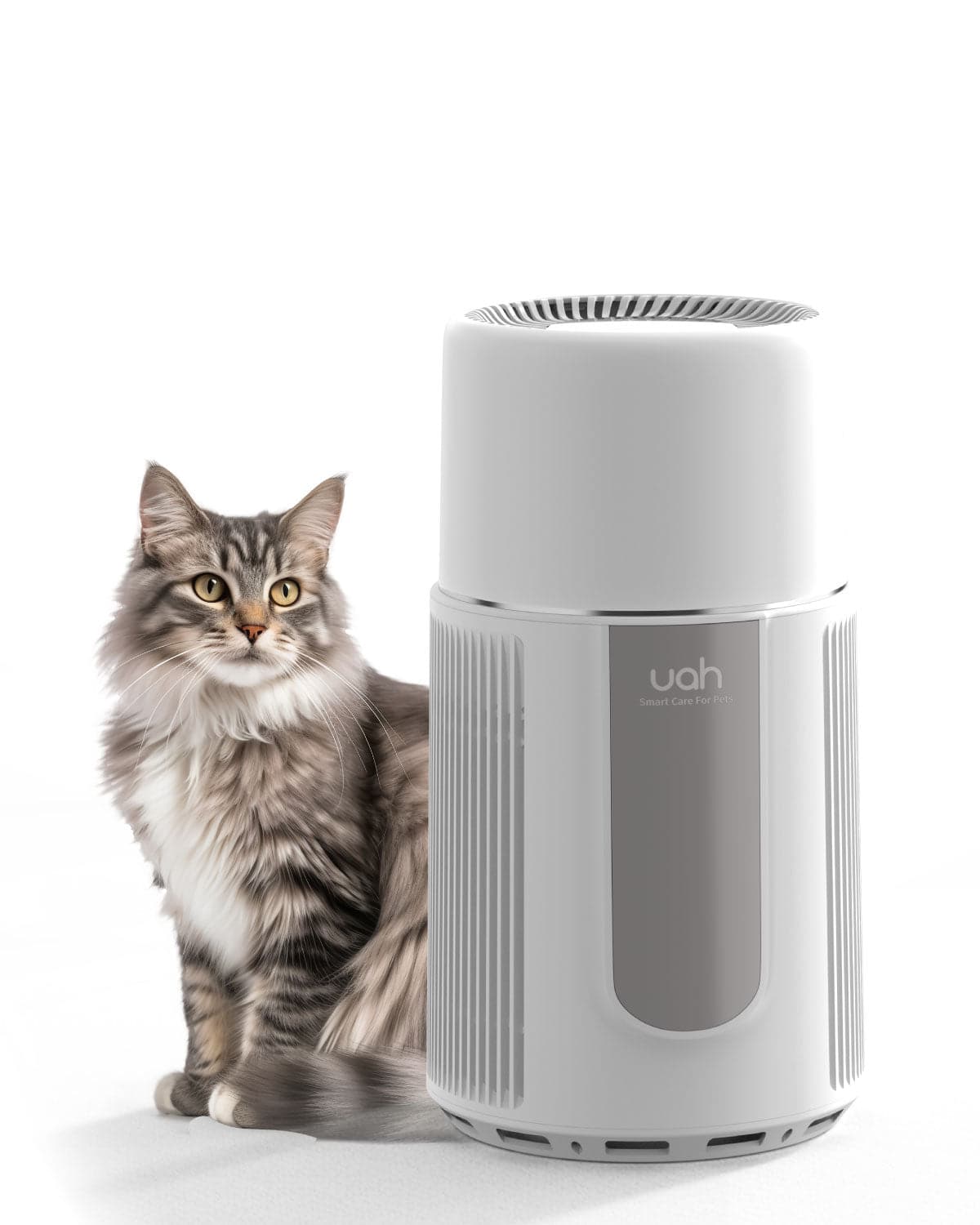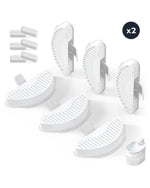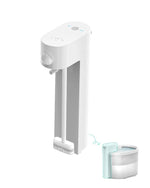If you suffer from dust and pet allergies, you know how challenging it can be to maintain clean, breathable air in your home. The best air purifier for dust and pet allergies can be a game-changer, offering relief from sneezing, itchy eyes, and other allergy symptoms. In this comprehensive guide, we’ll explore everything you need to know about selecting the right air purifier to improve your indoor air quality and enhance your overall well-being.
Understanding Dust and Pet Allergies
Dust and pet allergies are among the most common triggers for respiratory issues. Dust mites, pet dander, and other airborne particles can linger in your home, causing discomfort and exacerbating allergy symptoms. An air purifier designed to tackle these allergens can help remove them from the air, creating a healthier living environment.
Key Features to Look For
When searching for the best air purifier for dust and pet allergies, consider the following features:
- HEPA Filtration: High-Efficiency Particulate Air (HEPA) filters are essential for capturing tiny particles like dust, pollen, and pet dander.
- Activated Carbon Filter: This type of filter helps eliminate odors, including those from pets, smoke, and cooking.
- Air Change Rate: Look for a purifier that can cycle the air in your room multiple times per hour for maximum efficiency.
- Quiet Operation: A quiet air purifier ensures that it won’t disrupt your daily activities or sleep.
- Coverage Area: Choose a device that matches the size of the room where it will be used.
Benefits of Using an Air Purifier
Investing in the best air purifier for dust and pet allergies offers numerous benefits:
- Reduced Allergy Symptoms: By removing allergens from the air, an air purifier can significantly reduce sneezing, coughing, and other symptoms.
- Improved Sleep: Cleaner air can lead to better sleep quality, especially for those with respiratory issues.
- Odor Elimination: An air purifier with an activated carbon filter can neutralize unpleasant odors, leaving your home smelling fresh.
- Enhanced Overall Health: Clean air supports better respiratory health and can reduce the risk of long-term health issues.
Tips for Choosing the Right Air Purifier
Selecting the best air purifier for dust and pet allergies requires careful consideration. Here are some tips to help you make the right choice:
- Assess Your Needs: Determine the specific allergens you want to target and the size of the space you need to purify.
- Check Filter Replacement Costs: Some air purifiers require frequent filter replacements, which can add to the overall cost.
- Read Reviews: Look for customer reviews and expert recommendations to gauge the effectiveness of different models.
- Consider Energy Efficiency: Choose an energy-efficient model to save on electricity costs over time.
- Look for Certifications: Certifications from organizations like the Asthma and Allergy Foundation of America (AAFA) can indicate a product’s effectiveness.
Maintenance and Care
To ensure your air purifier continues to perform at its best, regular maintenance is essential. Follow these steps to keep your device in top condition:
- Replace Filters Regularly: Follow the manufacturer’s guidelines for replacing HEPA and activated carbon filters.
- Clean the Exterior: Wipe down the exterior of the purifier to remove dust and debris.
- Check for Blockages: Ensure that the air intake and output vents are free from obstructions.
- Monitor Performance: Pay attention to any changes in air quality or the purifier’s performance, and address issues promptly.
Common Myths About Air Purifiers
There are several misconceptions about air purifiers that can lead to confusion. Let’s debunk some of the most common myths:
- Myth 1: Air Purifiers Eliminate All Allergens: While air purifiers can significantly reduce allergens, they cannot eliminate them entirely.
- Myth 2: All Air Purifiers Are the Same: Different models have varying features and capabilities, so it’s important to choose one that meets your specific needs.
- Myth 3: Air Purifiers Are Noisy: Many modern air purifiers are designed to operate quietly, making them suitable for use in bedrooms and other quiet spaces.
- Myth 4: Air Purifiers Are Expensive to Run: Energy-efficient models can be cost-effective to operate, especially when compared to the health benefits they provide.
Frequently Asked Questions
Here are answers to some of the most frequently asked questions about air purifiers for dust and pet allergies:
-
Q: How often should I run my air purifier?
A: For best results, run your air purifier continuously, especially in rooms where you spend the most time. -
Q: Can an air purifier help with asthma?
A: Yes, an air purifier can reduce asthma triggers like dust and pet dander, helping to alleviate symptoms. -
Q: Do air purifiers use a lot of electricity?
A: Most air purifiers are energy-efficient, but it’s important to check the energy consumption of the model you choose. -
Q: How do I know if my air purifier is working?
A: You should notice a reduction in allergy symptoms and improved air quality. Some models also have indicators to show when the air is clean.
Finding the best air purifier for dust and pet allergies can make a significant difference in your quality of life. By understanding the key features, benefits, and maintenance requirements, you can choose a device that meets your needs and provides long-lasting relief. Don’t let allergies control your life—take the first step toward cleaner, healthier air today.

